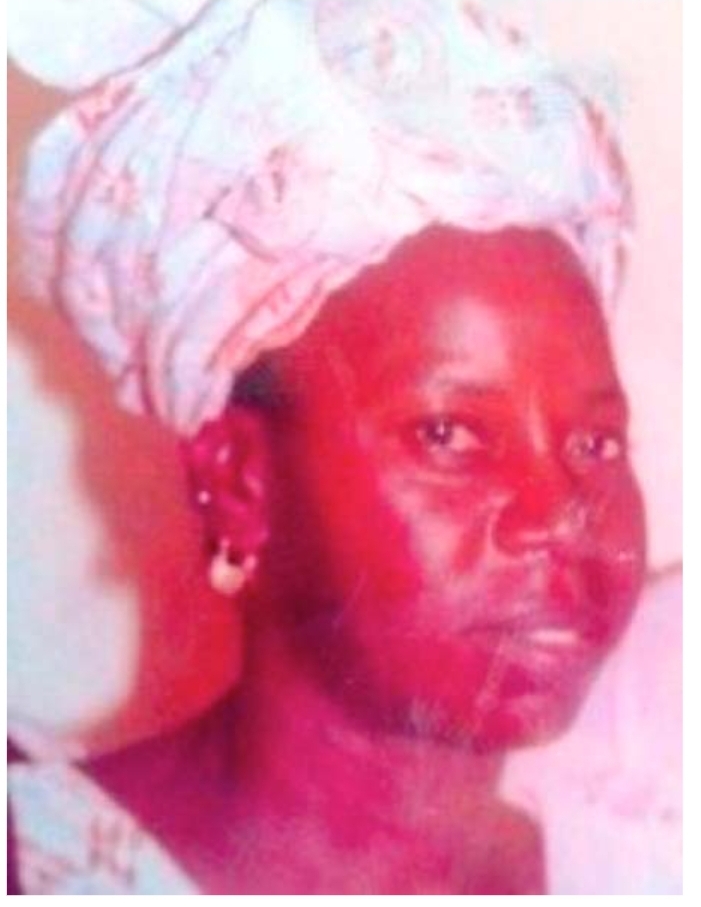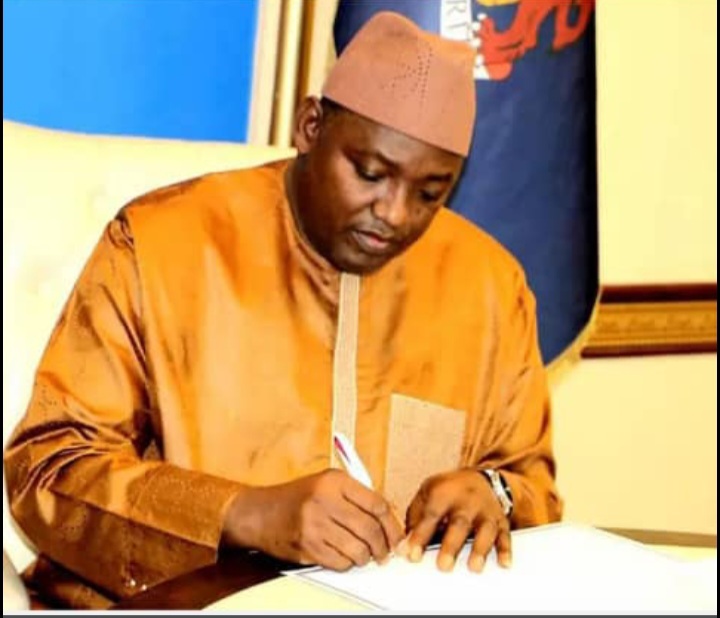 By Seedy S. Fofanah, Former Lecturer at University of the Gambia
By Seedy S. Fofanah, Former Lecturer at University of the Gambia
In June of 2015, the IMF warned the Gambia government (specifically, the Office of the President) not to interfere in the foreign market. This warning came after President Yahya Jammeh meddled in the sector, setting rates that caused panic and uncertainty in the markets. He had politicized the whole process of foreign exchange market in the Gambia. State House overstepped its boundaries in a free market economy where prices and rates are determined by the market. This fueled a dispute between the International Monetary Fund (IMF) and the Central Bank of the Gambia. The regime of Yahya Jammeh had in fact hijacked the exclusive function of the CBG in monetary affairs.
The Gambian national currency, the Dalasi, continues to depreciate in value and it is not expected to stabilize soon, let alone appreciate, which is why the IMF has warned the Gambia government to desist from regulating the Dalasi against the major international currencies.
The IMF mission chief in the Gambia, Mr. David Dunn stated that the continuous weakening of the Dalasi will continue to further accelerate inflationary pressure in the country leading to increase in prices of goods and services in the country. “The Gambian dalasi has continued to face depreciation pressure,” said Mr. David Dunn. He added that the Dalasi lost its value last year and continues to depreciate. In May 2016, it depreciated against the British pound by 12.62 per cent, the US dollar by 11.87 per cent and the Euro by 12 per cent. However, Mr. Dunn said in late May 2016, the Central Bank of the Gambia (CBG) acted to tighten monetary policy in the country to guard against the depreciation of the Dalasi and to control inflation in the market.
In June, the Central Bank has issued a directive raising the amount of money that commercial banks in the country have to hold as reserve-amount of cash that they should not loan out to customers.
The regulating bank raised the reserve requirement of the commercial banks by two percentage point to 12 per cent. The rationale behind this impromptu decision is to withdraw excess Dalasi liquidity out of the economy and thus help preserve price stability. “This has helped to stem the rate of depreciation of the Dalasi,” acknowledged Mr. Dunn, who led the IMF mission that visited the Gambia 4th to 17th June, 2016 to discuss the Gambian economic problem and how to stabilize the Dalasi against the major international currencies.
However, Mr. Dunn told Gambia government that, this is not enough to stabilize the depreciation of Dalasi for it to start to appreciate. He pointed out that the government has to reduce its domestic borrowing so as reduce the pressure on the interest rate in the country.
This will reduce the interest rate in the country hence the money in circulation as a result of inflation will start to decline and the rate of the Dalasi will be stabilize and it will then start to appreciate. Dunn also acknowledged that the government is reducing its domestic borrowing, but this isn’t significant to reduce the interest rate and stabilize the Dalasi in the Gambian market.
However, reducing Gambia government’s domestic borrowing to 1.5 percent of the Gross Domestic product (GDP) in 2016 as previously planned in May 2015 will be critical to eventually ease the current pressure on the inflation and the interest rates, and to stabilize the Gambian Dalasi.
Ends




Hi there to all, how is everything, I think every one is getting more from this website, and your views…
That is so true. Omg, you nailed it. That is exactly typical Gambian attitude unfortunately, it is very depressing.
Ba Buwa is a great man! I first heard his name when I was in Kiang Karantaba Primary School between…
[…] cuatro cuestiones que el comité no pudo resolver son las siguientes: canepa kanye Bubba (Bobby) Sangiang y Momodo Lamine…
Honestly, everything you said here was true and valid. He is obviously my inspiration and motivation. He is my Dad.